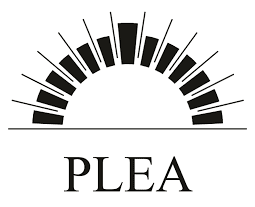In the Andean areas of Peru (above 12,000 feet 3,657 meters) altitude) rural communities are characterized by extreme poverty, precarious roads, and dwellings without heating systems nor the most common types of conventional construction materials that might provide thermal protection. In 2002, the weather in the Andes changed, generating temperatures as low as -16 degrees Fahrenheit (-26 degrees Celsius), creating major heating deficits in the majority of the adobe houses. “Totora” (Schoenoplectus Tatora), an aquatic plant that grows in Lake Titicaca at 12,500 ft (3,810 meters) above sea level, available in most rural areas in Puno, is sold as an inexpensive mattress. Samples of woven mats of Totora were exported from Peru and tested in a laboratory at the University of Minnesota following the ASTM Standard C1155 to find its R-value. The results indicate that the Totora ‘mattress’ has an R-value that is approximately eight times higher than adobe of the same thickness. Additionally, the findings show that Totora can be used as a sustainable insulation on walls, windows and doors by applying it as an external layer to new or existing houses. This solution could improve the interior comfort of the houses and the quality of life in the rural Andean communities of Peru.
Totora: A sustainable Insulation Material for the Andean Parts of Peru
This entry was posted in Conference Poster. Bookmark the permalink.

